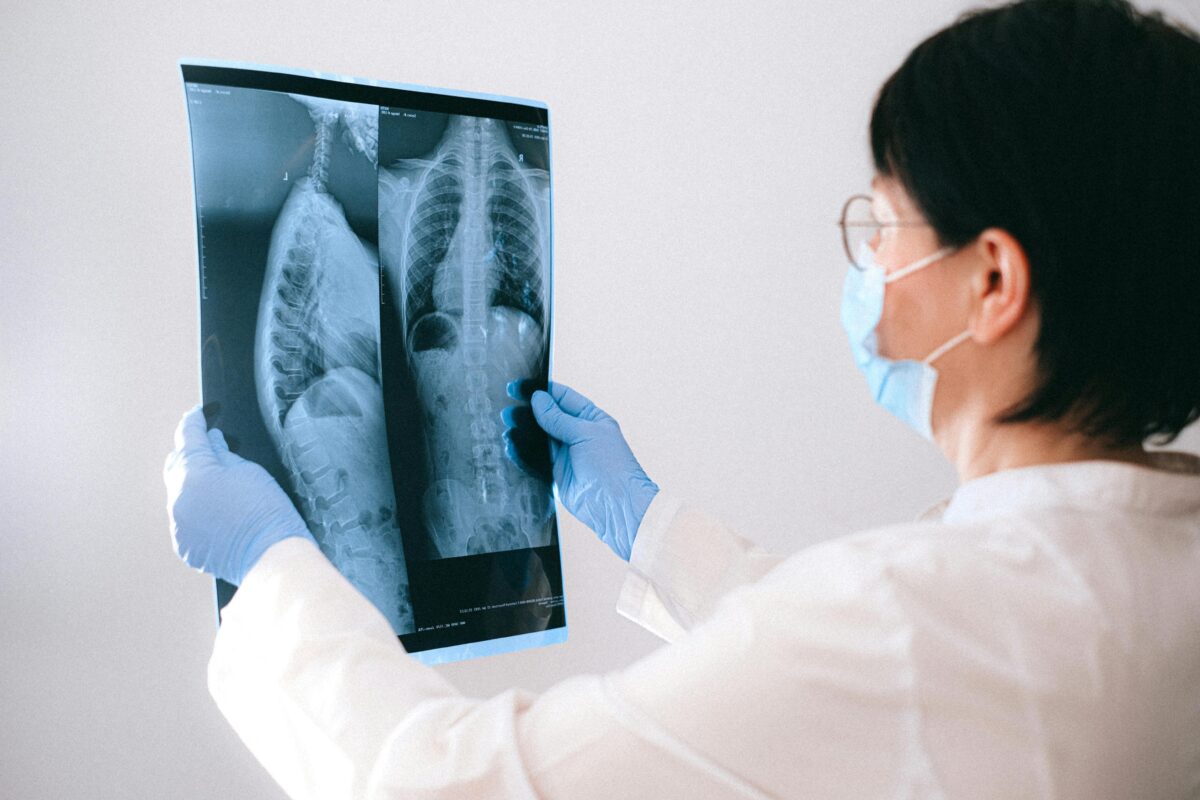Decoding the Language of Your Heart: Understanding Common Heart Tests

Introduction:
Maintaining good heart health is vital, and sometimes your doctor may recommend undergoing specific tests to assess your heart’s function and identify potential problems. This blog post will explain some common heart tests and what they reveal about your cardiovascular health.
Electrocardiogram (ECG):
- Function: Measures the electrical activity of your heart, helping detect irregular heartbeats (arrhythmias), heart damage from a previous heart attack, and potential blockages in the coronary arteries.
- Procedure: A painless test where electrodes are attached to your chest, arms, and legs to record your heart’s electrical signals.
Echocardiogram (Echo):
- Function: Uses sound waves to create images of your heart, allowing doctors to assess the size, shape, and pumping function of your heart valves and chambers.
- Procedure: There are two main types of echocardiograms:
- Transthoracic Echo (TTE): Uses a transducer placed on your chest to send sound waves through your chest wall and capture images of your heart.
- Transesophageal Echo (TEE): Uses a thin probe inserted through your esophagus (the tube connecting your mouth to your stomach) to get a closer look at your heart valves.
Stress Test:
- Function: Evaluates how your heart responds to physical exertion. This helps identify potential problems with blood flow to the heart muscle.
- Procedure: There are two main types of stress tests:
- Exercise Stress Test: You walk on a treadmill or ride a stationary bike with increasing intensity while your heart rate, blood pressure, and EKG are monitored.
- Nuclear Stress Test: A small amount of radioactive material is injected into your bloodstream, and images of your heart are taken at rest and after exertion.
Cardiac Catheterization:
- Function: A minimally invasive procedure that uses a thin tube inserted into an artery in your groin or arm to reach your heart. This allows doctors to directly visualize your coronary arteries and check for blockages.
- Procedure: This is typically an outpatient procedure performed under local anesthesia with sedation. A contrast dye is injected into your coronary arteries, and X-ray images are taken to reveal any blockages.
Holter Monitor:
- Function: This portable device continuously monitors your heart’s electrical activity for 24 to 48 hours during your daily routine. This helps detect arrhythmias that may not occur during a short office visit.
- Procedure: The Holter monitor is a small, battery-powered device worn on your chest with wires attached to electrodes placed on your skin. You’ll keep a diary of your activities and symptoms while wearing the monitor.
Conclusion:
These are just some of the common heart tests your doctor may recommend. Understanding the purpose of each test can alleviate anxiety and empower you to participate actively in your heart health journey. If you have any questions or concerns about these tests, don’t hesitate to discuss them with your doctor.
